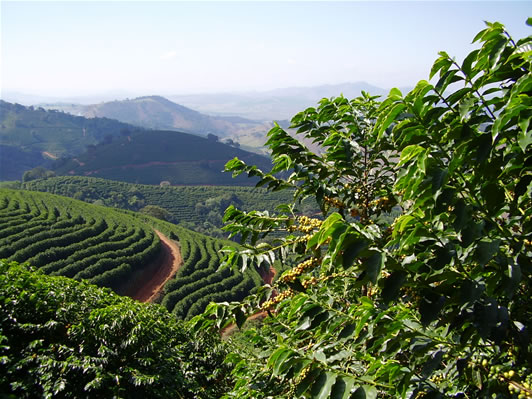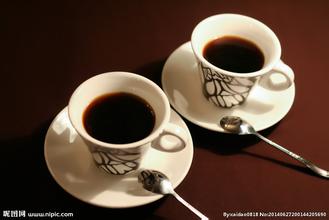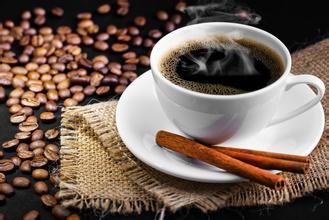SantaClara washing treatment of SHB Fine Coffee in Manor Ireta, Panama
Coffee was introduced into Panama in 1780, when Europeans introduced the first Typica tree species. After that, this mysterious and strange drink conquered the senses of Panamanians, and the local people began to grow it widely. Panamanian coffee is very smooth, full particles, light weight, and perfect acidity balance, its high-quality coffee bean flavor is pure, very distinctive. Because of its popularity, most of Panama's high-quality coffee beans are shipped to France and Finland.
The main producing areas of Panamanian coffee are:
Bokui Special District (Boquete): the multi-quality coffee produced in this area is the region with the highest coffee production and the best quality in Panama.
Volcan: the coffee produced here is characterized by a mild and balanced taste, which has gradually attracted the attention of international experts and coffee lovers, and it is believed that it will soon be on a par with the Boqui Special District.
Santa Clara (Santa Clara): the fertile coffee garden is irrigated with clear river water from Chorerra Falls and the nearby Panama Canal, making it easy to transport fresh and authentic Panamanian coffee to all parts of the world.
Piedra de Candela: the most promising area has the potential to develop high-quality premium coffee.

Important Notice :
前街咖啡 FrontStreet Coffee has moved to new addredd:
FrontStreet Coffee Address: 315,Donghua East Road,GuangZhou
Tel:020 38364473
- Prev

Fine Coffee Guatemala Coffee Origin Guatemala Coffee Practice
The extra hard coffee beans here are full, delicious and balanced, and the coffee brewed with them is pure and rich. Guatemala coffee once enjoyed a reputation as the best coffee in the world, but quality declined for a while. Happily, however, its popularity is gradually being restored. Father Jesuit introduced coffee trees to Guatemala in 1750, late 19th century
- Next

Boutique coffee Guatemala coffee manor Guatemala coffee producing area
The extra-hard coffee beans here are full-grained, delicious and balanced, and the coffee made with them is pure and rich. Guatemala coffee once enjoyed a reputation as the best quality coffee in the world, but its quality also declined for a time. What is gratifying, however, is that its reputation is gradually being restored. In 1750, Father Jesuit introduced coffee trees to Guatemala, at the end of the 19th century.
Related
- Does Rose Summer choose Blue, Green or Red? Detailed explanation of Rose Summer Coffee plots and Classification in Panamanian Jade Manor
- What is the difference between the origin, producing area, processing plant, cooperative and manor of coffee beans?
- How fine does the espresso powder fit? how to grind the espresso?
- Sca coffee roasting degree color card coffee roasting degree 8 roasting color values what do you mean?
- The practice of lattes: how to make lattes at home
- Introduction to Indonesian Fine Coffee beans-- Java Coffee producing area of Indonesian Arabica Coffee
- How much will the flavor of light and medium roasted rose summer be expressed? What baking level is rose summer suitable for?
- Introduction to the characteristics of washing, sun-drying or wet-planing coffee commonly used in Mantenin, Indonesia
- Price characteristics of Arabica Coffee Bean Starbucks introduction to Manning Coffee Bean Taste producing area Variety Manor
- What is the authentic Yega flavor? What are the flavor characteristics of the really excellent Yejasuffi coffee beans?

